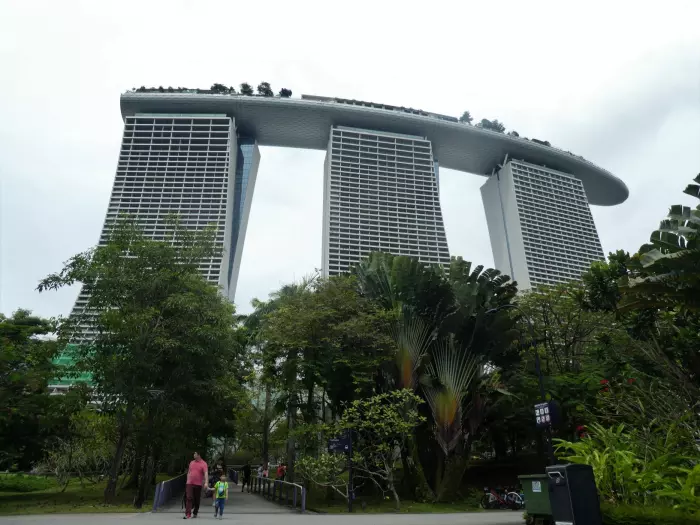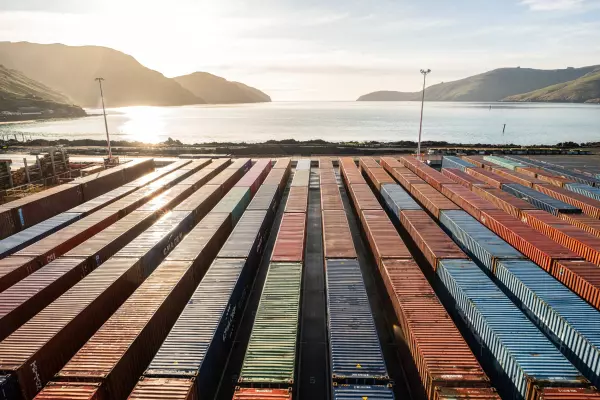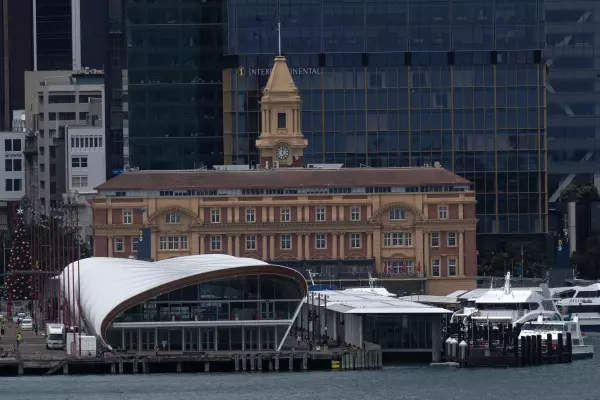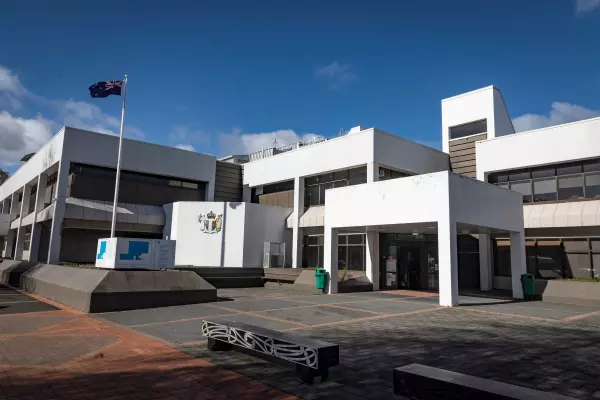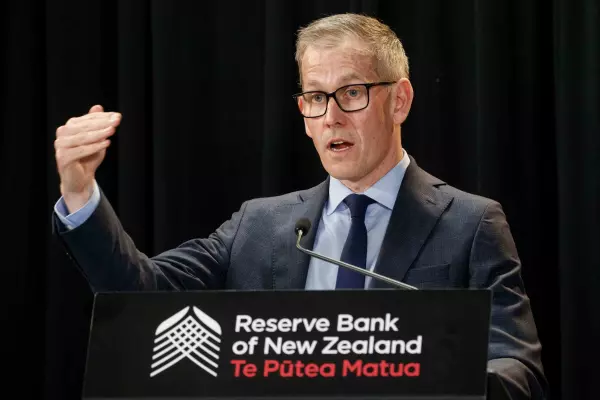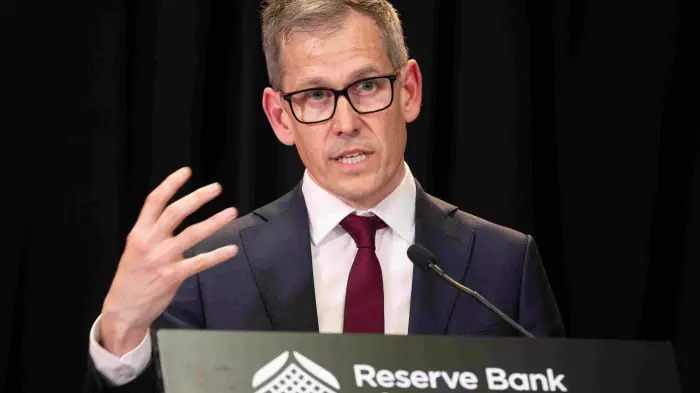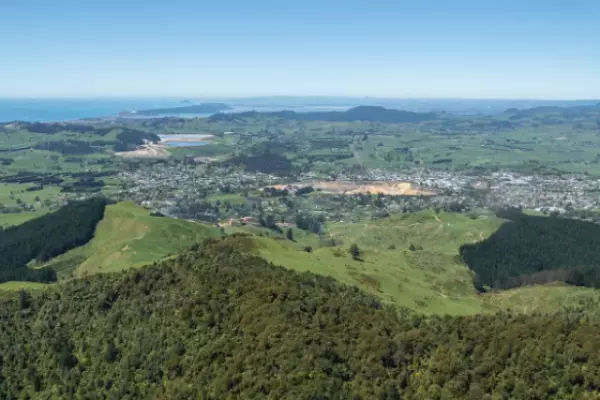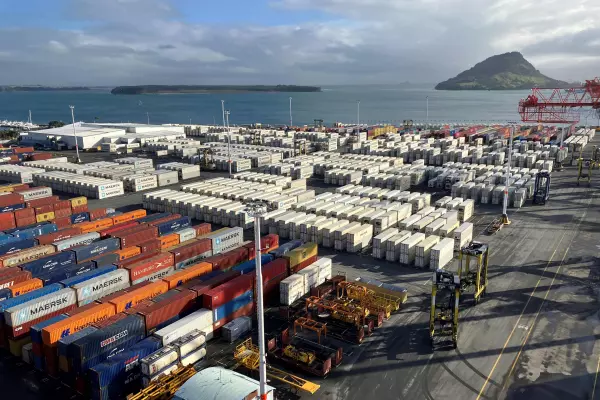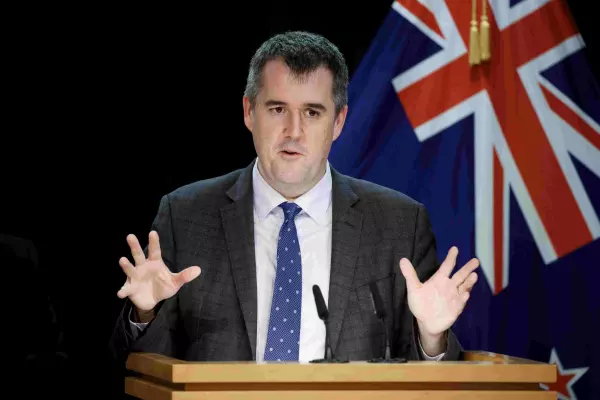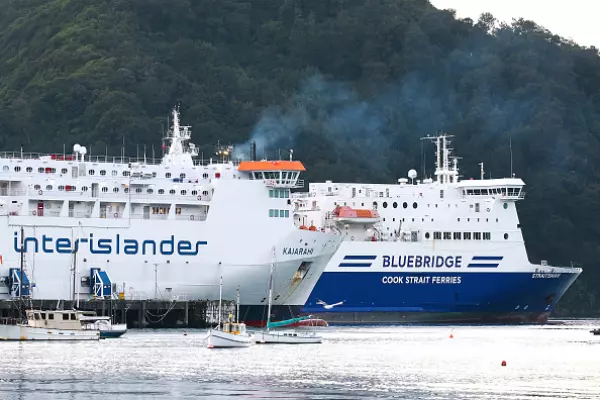In the second of a three-part series, Oliver Lewis looks at what New Zealand can learn from Singapore. The city-state is praised internationally for its infrastructure, particularly transport. How does it do it?
Towering over Gardens by the Bay, a biophilic wonderland dotted with futuristic domes and flashing Supertrees, is the 55-storey casino hotel, Marina Bay Sands. Designed by architect Moshe Safdie and constructed at a cost of S$8 billion (NZ$9.6b), the remarkable structure features three towers connected by a terraced roof with a sky-high infinity pool.
It’s hard to imagine Singapore without the casino complex now, but the landmark building and ubiquitous photo feature only opened in 2010. Its origins, however, date back much further to 1971, when the city-state embarked on an ambitious land reclamation project to create Marina Bay, a new financial and civic district.
The Urban Redevelopment Authority (URA) – the government planning agency – describes the area as the centrepiece of urban regeneration efforts and the result of 50 years of long-term planning, a process that Singapore excels at.
 One of the city models in the Urban Redevelopment Authority's Singapore City Gallery. (Image: BusinessDesk)
One of the city models in the Urban Redevelopment Authority's Singapore City Gallery. (Image: BusinessDesk)
Christopher Tan, a journalist at leading publication The Strait Times, says the city might appear to be in a constant state of flux with its rapid pace of development.
“It’s one of those places where you go away for three months, and when you come back, you might find the landscape has changed – and quite dramatically,” he says.
But this belies the deliberate and strategic intent underpinning everything.
“That’s the thing about Singapore,” Tan, who has been covering the urban transport beat for some 30 years, says. “We’ve always been able to look forward. Our planning isn’t for the next 3-4 years, it’s usually for the next 30-40 years.”
My home, my castle
Former prime minister Lee Kuan Yew, acclaimed as the founder of modern Singapore, wanted the city-state to be a home-owning democracy. To that end, he and his People’s Action party (PAP) passed laws making it cheaper for the government to acquire land, gradually increased how much Singaporeans had to pay into the compulsory savings scheme, the Central Provident Fund, and directed the Housing Development Board (HDB) to embark on a mass public house-building programme.
By 1996, there were 725,000 HDB apartments in Singapore. As of 2022, more than 80% of Singaporeans lived in an HDB flat and 89.3% of households owned their own homes.
As Tan says, having so much government control over where new apartment buildings are built makes it easier for Singapore to plan for the supporting infrastructure.
 Singapore's Housing Development Board has built hundreds of thousands of apartments, making home ownership within reach for most people. (Image: BusinessDesk)
Singapore's Housing Development Board has built hundreds of thousands of apartments, making home ownership within reach for most people. (Image: BusinessDesk)
“The government owns most of the land here, and they know when developments will be populated within a certain time. It plans land sales as well, very strategically.
“For the newer towns, provisions are often made for transport infrastructure, even if they are not built immediately.
“It doesn't get 100% of things right 100% of the time, but the overall outcome over the years has been quite satisfactory.”
This approach helps support a more integrated planning style, where land use and transport are considered in tandem. If the Land Transport Authority (LTA) knows, for instance, that in 20 years the intention is to develop a new HDB town in a particular area, it can plan ahead for things like new MRT alignments or bus routes.
A virtuous planning cycle
In Singapore City Gallery, a facility run by URA to showcase the development of the city, is an exhibition of planning maps, including the 1971 concept plan, a hugely influential document that directed the growth of modern Singapore – from the location of the expressways and the train network to the towns ringing the central water catchment and the location of Changi Airport.
With a land area not much larger than Lake Taupō, Singapore has had to be extremely judicious about how it builds. The 1971 concept plan was the first in a series of long-term plans, each with a 50-year outlook, that are revised every 10 years. URA leads the planning process, with input from agencies like LTA and HDB.
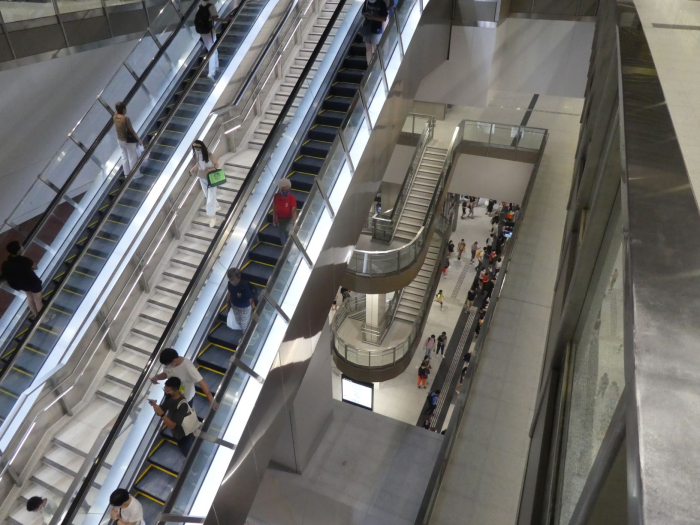
In land scarce-Singapore, MRT stations tend to be deep underground. (Image: BusinessDesk)
“Every 10 years, various government agencies come together, we sit down and we discuss what our long-term land use needs will be, based on certain projections like population and economic growth,” explains Sharon Guan, the deputy director of transport and planning strategy at LTA.
“Based on this land use, we then chart out what our infrastructure needs will be, and that includes transport. What other additional rail lines are needed, for example, to serve the new parcels of land that are being developed.”
Below the long-term plan sits a master plan, which is reviewed every five years and sets out more granular land use and zoning details. Agencies like LTA, with its Land Transport Master Plan 2040, have their own corresponding medium-term plans.
As well as population and economic growth forecasts, planners take into account trends like remote working, Guan says, or what industries Singapore is likely to prioritise in the coming decades. There are also strategic choices made in pursuit of policy goals, like creating new job hubs outside the central city so people can live closer to work, reducing strain on the transport system.
Agencies are in regular communication to coordinate their work programmes, Guan says.
“On a yearly basis, agencies come together to reaffirm the plans and discuss where there are deviations,” she says. Referring to the example of a new MRT line, she adds: “That helps us decide when we should implement the line and how we should implement the line.”
This long-term focus and investment mean Singapore often ranks among the top performers in the world on infrastructure provision. A 2019 global competitiveness report by the World Economic Forum, for instance, ranked the city-state first overall and first on infrastructure, which is judged across a range of measures including road quality and rail density and efficiency.
New Zealand, by comparison, was ranked 46th for infrastructure.
Can PAP keep planning?
PAP is the longest uninterrupted governing party of any multiparty democracy in the world, ruling since independence in the 1960s. That means Singapore hasn’t experienced the same stop-start issues common in other countries where infrastructure projects can be canned depending on the prevailing political winds (see Auckland light rail if National wins the election).
The criticism, of course, is that this degree of electoral domination isn’t healthy in a democracy and it reflects a stifling of dissenting views.
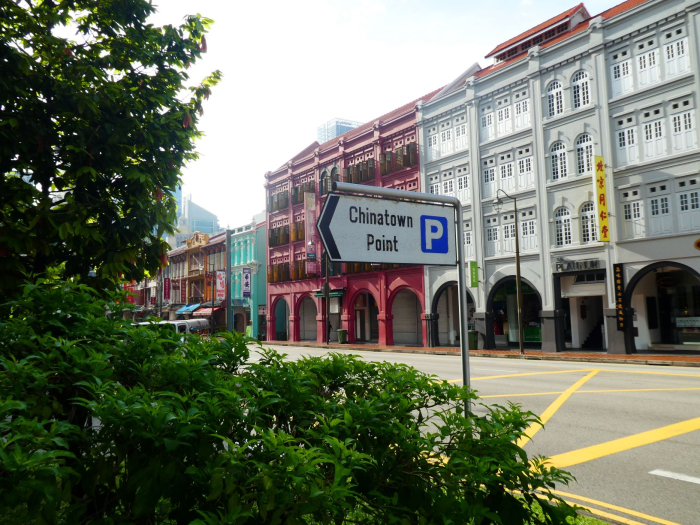
Singapore's long-term planning ensures sufficient land and infrastructure is provided to meet forecast growth. (Image: BusinessDesk)
In a speech last year, prime minister Lee Hsien Loong warned voters they couldn’t have it both ways: they couldn’t vote for the opposition to be a check on PAP and expect PAP to be able to continue delivering the success they were used to.
It wasn’t a natural state of affairs for governments to plan 30 or 50 years ahead, Lee argued, contrasting Singapore with countries where governments were incapable of pushing through hard decisions or looking beyond immediate problems.
Aside from having a perpetual Labour or National government, then, what lessons can NZ take from Singapore when it comes to infrastructure provision?
Taking a long-term view and being willing to invest in more intergenerational infrastructure might be a good place to start.
Oliver Lewis travelled to Singapore with funding from the Asia New Zealand Foundation.


